My question is regarding integration. I have a complex function that needs to be integrated and its a definite integral. The thing is when I use Wolfram Alpha to integrate this function it gives me nothing i.e its unable to compute it. However if I remove the boundaries of integration i.e I make my integral an indefinite integral, Wolfram Alpha is able to compute. Now my question is Can I take the result I obtained for the indefinite integral and just evaluate for the boundary limits to evaluate my definite integral ?
If my analysis is correct, then why wouldn't Wolfram alpha give the result anyways?
using Wolfram Alpha, if I try
integrate(exp(-v)/(1+sv^-1))
then I get the following result
-e^(-v)-e^s s Ei(-s-v)
While if I try
integrate(exp(-v)/(1+sv^-1),{v,1,+infinity})
I get nothing!


